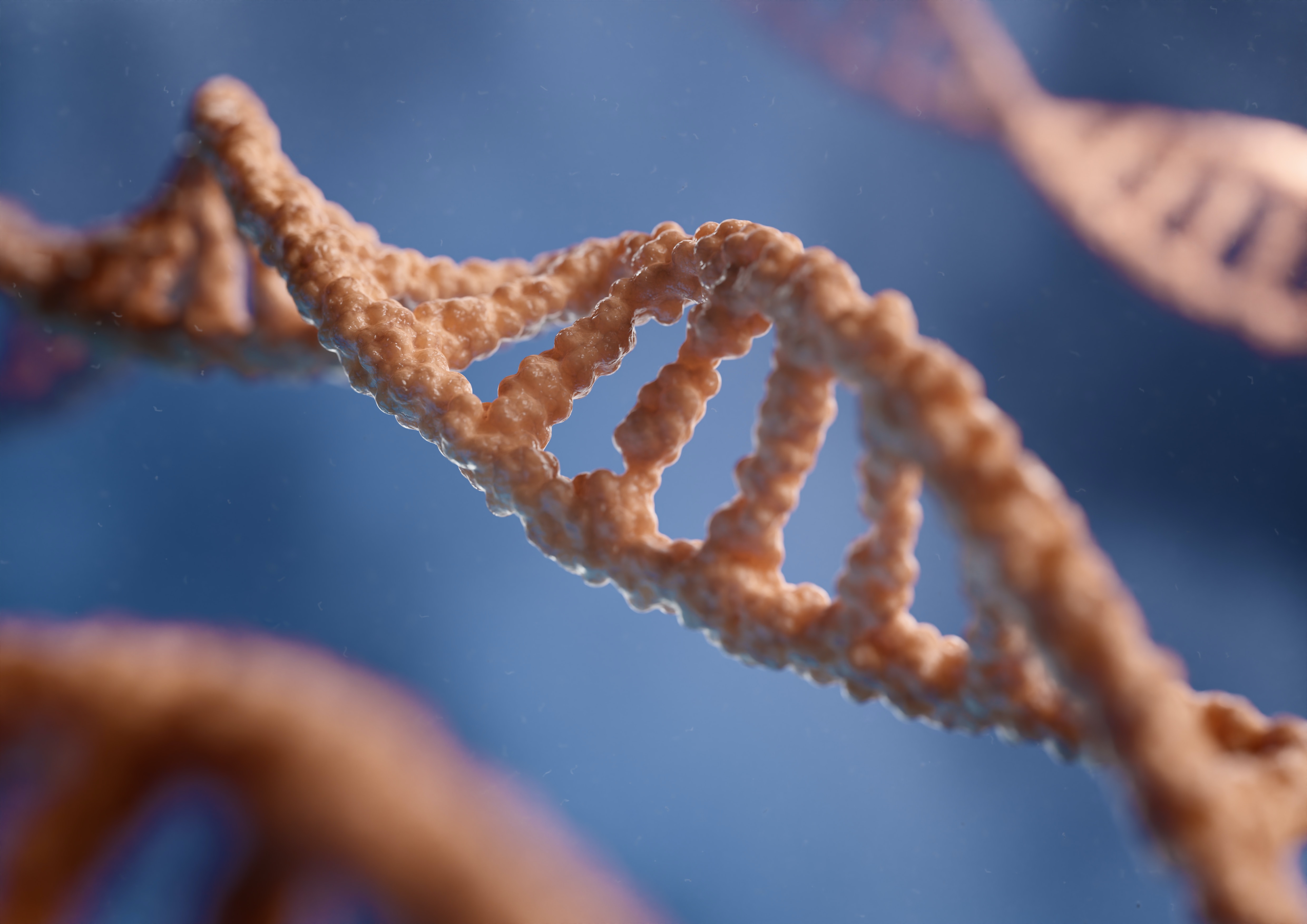Next Generation Sequencing Data Analyses
As seen in recent years, genome-wide scale computational analysis is increasingly being used as a backbone to foster novel discoveries in biological research. However, as the quantities of sequence data increase exponentially, the analysis bottleneck is yet to be solved. Neogen Informatics provides extensive solutions to the problem of the analysis of Next Generation Sequencing data. With a vision to provide all types of data analysis solutions to the biologists and life science industries across the scientific community, Neogen Informatics is bound to provide hands-on services for Genomics and Proteomics. We have a core team to provide the following solutions:

Genome assembly of all types of NGS data
Genome assembly is referred to joining sequencing reads, which are much shorter than the actual genome, and creating a genome sequence which is a likely source of all these fragments. All reads undergo an extensive read filtering pipeline which filters reads on the basis of base call quality and read lengths which results in high quality data which are further used in the several sequence assembly programs. Assembly strategies depend on the purpose of sequencing and the availability of related information. A well strategic assembly results in a good quality of assembled sequence data (contigs and scaffolds) which is further used for the analysis of the genomic elements of the species.
Gene finding and annotation
Finding protein coding genes in a genome is a very important subsequent step of any Genomics project. Successfully assembled contigs or scaffolds are used to predict the protein coding genes in the genome. Prediction can be done either on the basis of some closely related gene models or de novo.RNASeq data guided gene predictions provide more accurate gene set with transcriptome support. It includes the predictions of the exons and introns, their orientations in a genome and intergenic elements. The predicted genes are further annotated into different functional categories which represents the various functional domains in a genome.
Marker data analysis
A molecular marker is a fragment of DNA that is associated with a certain location within the genome. Molecular markers are used in molecular biology and biotechnology to identify a particular sequence of DNA in a pool of unknown DNA. Microsatellites, also known as simple sequence repeats (SSRs) or short tandem repeats (STRs), are repeating sequences of 2-5 base pairs of DNA.It is a type of Variable Number Tandem Repeat (VNTR). Microsatellites are typically co-dominant. They are used as molecular markers in STR analysis, for kinship, population and other studies. They can also be used for studies of gene duplication or deletion, marker assisted selection, and fingerprinting. Single nucleotide polymorphisms, also known as SNPs, are the most common type of genetic variation among species. Each SNP represents a difference in a nucleotide. SNPs occur normally throughout a genome. Most commonly, these variations are found in the DNAbetween genes. They also act as biological markers, helping scientists locate genes that are associated with some specific traits.
Comparative genomics
Comparative Genomics is important to know the relation among the several species on the basis of their genomic features which may include the DNA sequence, genes, gene order, regulatory sequences, and other genomic structural landmarks.The major principle of comparative genomics is that common features of two organisms will often be encoded within the DNA that is evolutionary conserved between them. With the explosion in the number of genome project due to the advancements in DNA sequencing technologies, particularly the next-generation sequencing methods in late 2000s, this study has become more sophisticated, making it possible to deal with many genomes in a single study. Genome Browsers Represent your Genome Sequence and information like Gene structure, SNPs, molecular markers, repeat elements and comparative genomics analysis on a user friendly web interface. Genome Browser enables an easy and comprehensive access to your data for better interpretation.
Genome browsers
Represent your Genome Sequence and information like Gene structure, SNPs, molecular markers, repeat elements and comparative genomics analysis on a user friendly web interface. Genome Browser enables an easy and comprehensive access to your data for better interpretation.

